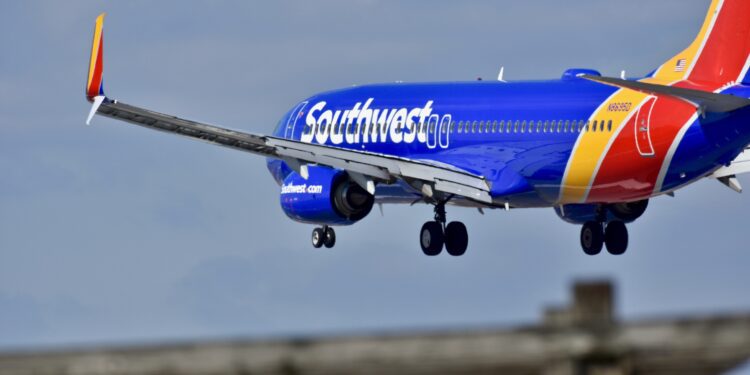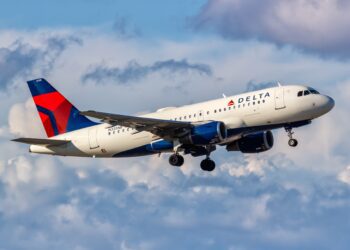Southwest Airlines has lowered its second-quarter revenue per available seat miles (RASM) forecast due to difficulties in predicting changes in the demand environment. This adjustment has caused the airline’s shares to drop by about 4% in morning trade, highlighting the challenge some carriers face in accurately forecasting domestic travel demand, which can lead to overcapacity and weakened pricing power despite strong overall demand.
In contrast to other major carriers that remain optimistic about summer travel driven by international demand, Southwest’s revised forecast reflects its struggle with dynamic passenger traffic trends. The airline’s all-Boeing fleet has also been impacted by the air carrier’s safety crisis, which has delayed new jet deliveries and forced Southwest to moderate its growth plans.
Southwest now expects its current quarter RASM to decline between 4% and 4.5%, compared to its previous estimate of a 1.5% to 3.5% drop. This follows a similar move by American Airlines, which also lowered its second-quarter unit revenue forecast last month as it aimed to expand its market share in smaller markets while stepping back from corporate travel customers.












